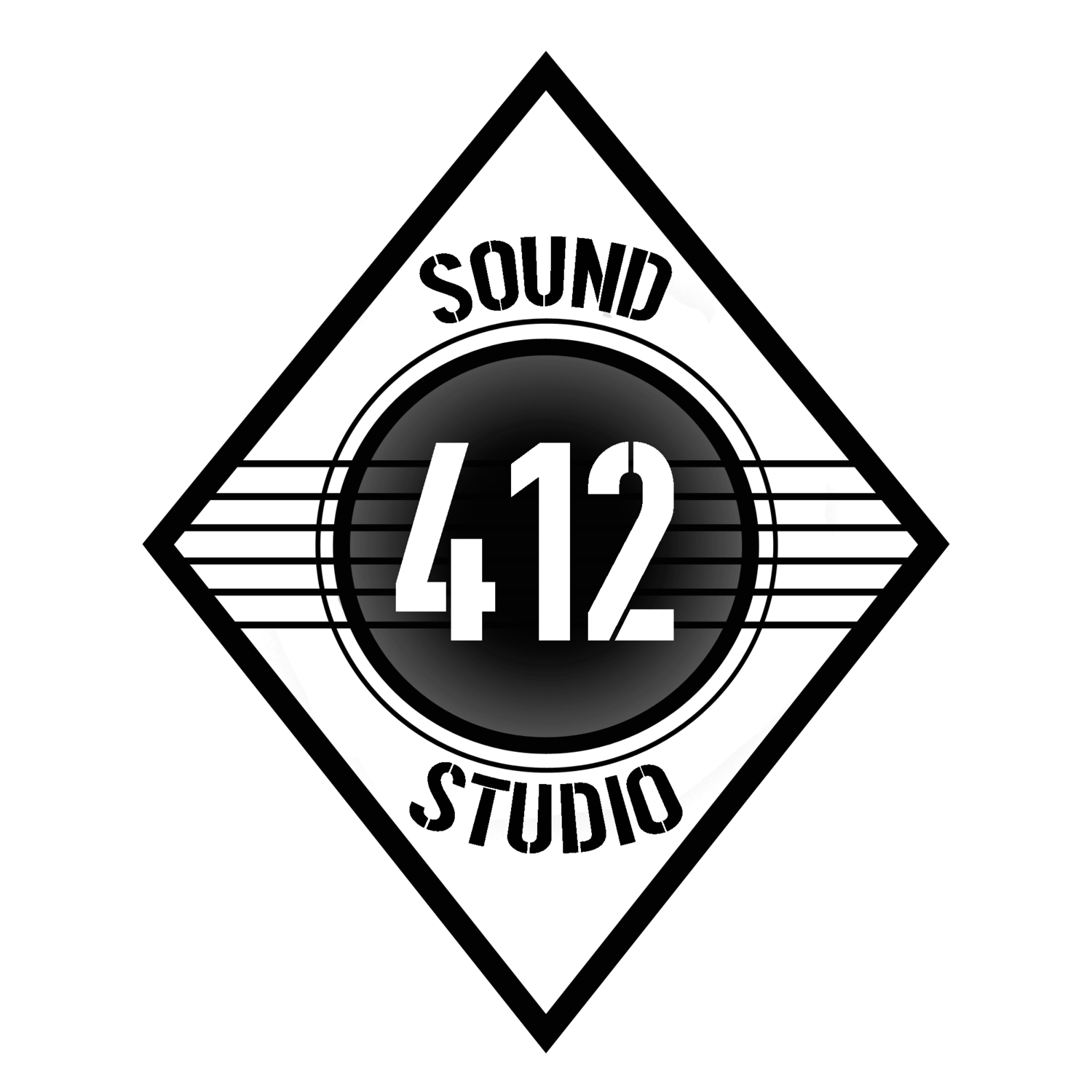Front View
Outputs:
PA L
PA R
IEM L
IEM R
-
Guitar Re-Amp
Bass Re-Amp
Rack Tuner
-
-
-
-
-
-
-
-
-
-
Inputs:
Vox A
Amp Mic
Bass DI
Guitar DI
Vox B
Kick Mic
Snare Mic
Drum OH L
Drum OH R
-
-
Input Breakdown:
Front View
Vox A is a Sennheiser e935
The Amp mic is a Sennheiser e906 in front of a 70’s Musicman amp
Bass DI signal
Moog’s DFAM is a really cool way to build some analog synth rhythms and percussion type sounds. We control the BPM through CV sent from the Moog Grandmother
Moog Grandmother connected to our Ableton Live set via USB
Guitar DI is coming off of a pedal board which can change based on artist
ToneDexter gets us access to a ton of instruments with one input. It has a tuner and a mute function on board which is super helpful when switching instruments live. We have a number of instruments programmed into it, including a Mandolin, Ukulele, Classical guitar, Acoustic guitar, Cello, 12 String. It’s quite versatile, especially in the context of looping.
Vox B is a wireless mic right now that we’re mainly using to communicate to each other in rehearsals, but that ideally would be setup and ready to go for guests to join us in performances
Sennheiser MD-421 on the Kick
Shure PGA98D on the top of the Snare
Yamaha DTX drum machine mounted to the kick drum where the Toms would be. This will give us a ton of options for sampled sounds and/or MIDI Control of Ableton.
Drum OH Royer SF-12 stereo Ribbon mic. This allows us easy setup with no phasing issues between Left and Right inputs. It also provides a great looping send for live drums to be looped on the spot in Ableton.
Drum OH
Output Breakdown:
PA L
PA R
IEM L Main mix coming from our Motu Mixer
IEM R Click + Cues
-
Guitar Re-Amp send goes to Amp. This includes the Guitar DI Signal coming from the pedal board, as well as a send from our Guitar Loopers. This way, anything looped with the guitar, continues to come through the Amp on stage.
Bass Re-Amp has a similar idea. The Bass DI send is routed via the Motu mixer. Any Bass Loops in Ableton can be sent to the bass amp as well. The Moog Grandmother’s audio goes to the Bass Amp as well
Tuner is a rack mount Tuner. We send that tuner the Bass DI/Guitar DI signals.
This leaves us room to grow/change in the future, however it currently has a lot of flexibility in a very small footprint.
On top of these inputs, we have two MIDI keyboards programmed to software synths inside of Ableton.
Akai MPK Mini
The first keyboard is an Akai MPK Mini which we currently have dedicated to a bass synth. The rotary knobs are programmed to control faders in Ableton. The top row of knobs controls the inputs (Vox, Rhythm, Bass, Drums). The second row controls the volume of the Loopers (Vox, Rhythm, Bass, Drums). The A/B banked pad buttons are programmed to different light presets which we’ll get into in a bit.
Keys
The second keyboard is an Alesis V49. This is set to control a “cheap piano” synth in Ableton, with the exception of the top octave of the keyboard. That top octave (Pink Tape) is set to control a Pad synth which will trigger for about 2 minutes before fading out. The last note (Red X’s) on the keyboard is a Kill switch for the Pad synth.
Rig Rundown | Interface | Ins and Outs | Computer | Ableton | Looper | Presets | Routing | Lighting
